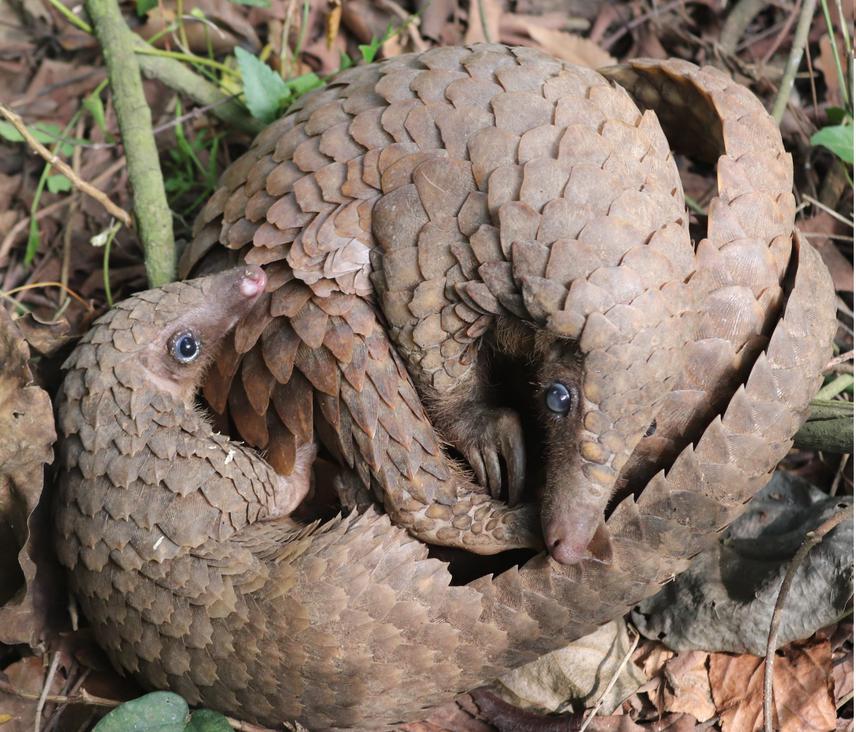Stanislas Zanvo
Other projects
8 Dec 2016
Emerging Zoonotic Diseases and Habitat Conservation: A Psychological Model of People’s Commitment to Conserve Forest Islands in the Dahomey Gap
15 Mar 2024
Assessing Post-Release Ecology of White-Bellied Pangolins Rescued from Illegal Trade in the Dahomey Gap using both Radio Telemetry and Camera Trapping
African pangolins have been experiencing unprecedented levels of harvesting to feed both local demands and illegal international trade, since Asian pangolins were poached to near extinction (Challender et al. 2020). Among the four pangolin species occurring in Africa, the white-bellied pangolin (Phataginus tricuspis) is the most represented African species in international seizures (Ingram et al. 2019). It is the openly sold species in the Traditional Medicine Markets in Benin (Zanvo et al. 2021 and 2022) despite its national status of protected species. The focal species, considered Endangered on both the IUCN Red List and the Red List for Benin, underwent a 31% contraction of its geographic occurrence areas the last two decades in Benin.

Pangolins rescused in the village of Tègon and introduced in the zoological garden of the University of Abomey-Calavi (Benin). © Stanislas Zanv
Despite recent research efforts on pangolins, fine scale data on ecology are lacking for the white-bellied pangolin in almost all over its occurrence habitats and this hampers informed decision-making. To our knowledge, there is no case study focused on the target taxon that could inspire the management of the white-bellied pangolin in the Lokoli forest. Previous scientific and management efforts in the Lokoli forest were mostly focused on the endemic, red-bellied guenon (Cerpithecus erythrogaster erythrogaster). Consequently, the white-bellied pangolin recently confirmed through direct evidence in the Lokoli forest (scales; Zanvo et al. 2020), remains a least concern species for local people who still harvest the focal species unsustainably. Informed decision-making and efficient management efforts towards the white-bellied pangolin in the Lokoli forest could not be effective without ecological data, essential for the long-term conservation.
In addition, it is important to shed the light on the threats to the conservation of pangolins and raise local people’s awareness in order to engage them for effective conservation of the focal species. The project aims at little filling the gap of ecological data on the white-bellied pangolin in the Lokoli forest. Especially, the project aims to assess distribution, habitat use, activity patterns, population density and the threats to the long-term conservation of the white-bellied pangolin using camera trap surveys, forest inventory and semi-structured interviews with local people. Beyond these objectives, the project will intend to change local people’s behaviour towards pangolins for the effective conservation of the focal species in the Lokoli forest.
Header: Nocturnal visit of Stanislas Zanvo in the Lama forest reserve in 2018, he was recording GPS coordinates of a presence sign of pangolin. © Lamidi.